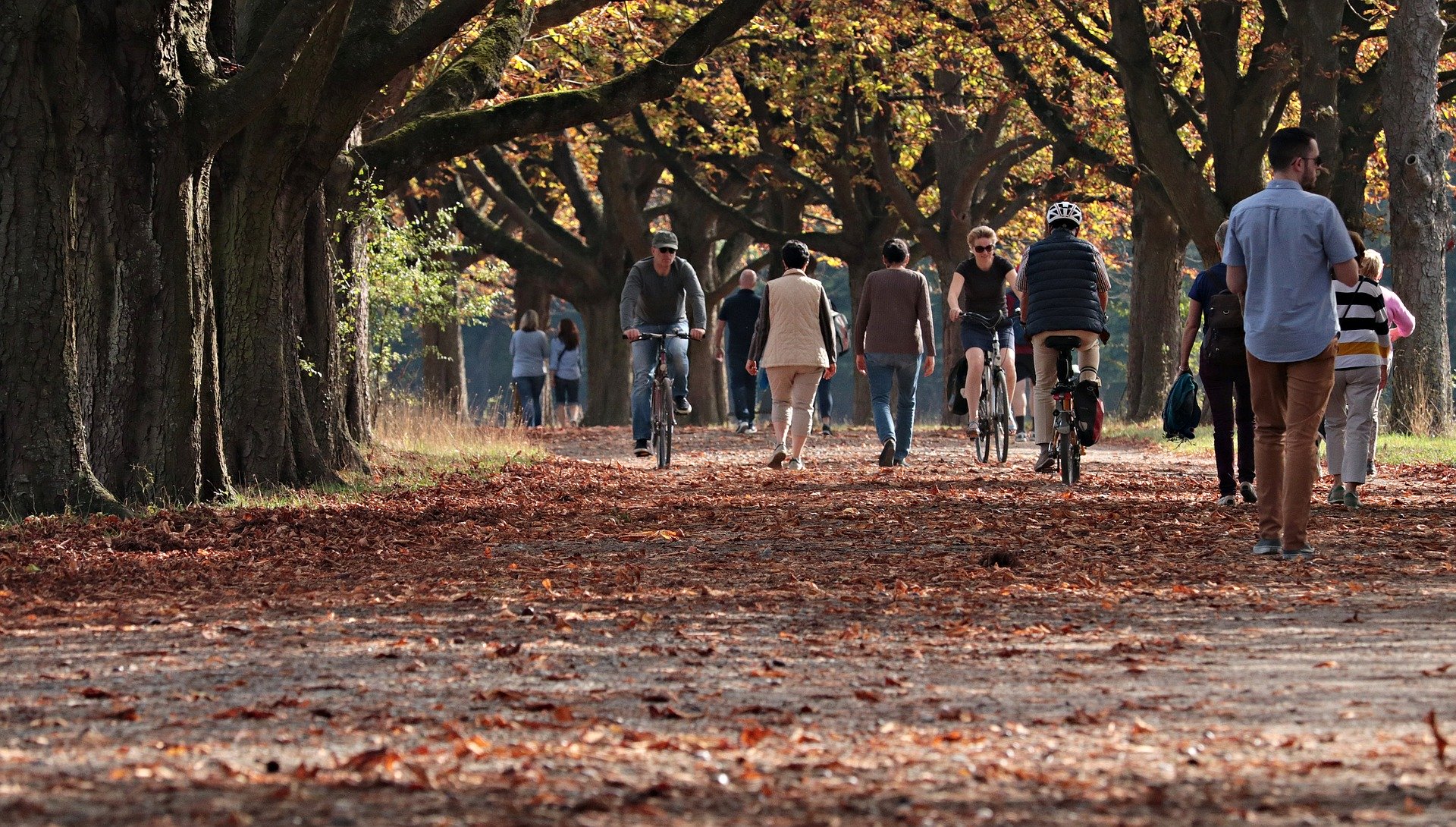
By Professor John Bryson
Department of Strategy and International Business, University of Birmingham
How does one forecast the future? The answer is that the future is too often unpredictable, but it might not be unexpected. On Thursday 26 March 2020, I wrote the following and left this text to one side. This was a ‘forecast’ regarding the lockdown exit strategy – it seems such a long time ago.
We are now living through a real-life geographical experiment intended to prevent unnecessary deaths. The UK government has made a dramatic intervention to the regulation of everyday living. The lockdown nation strategy introduced on 24 March 2020 is intended to reduce opportunities for the transmission of Covid-19 by people through:
- Staying at home and avoiding unnecessary journeys or social contact
- Only leaving home for essential shopping, medical needs, and for exercise once a day
- Traveling to and from work only if absolutely necessary
- Public gatherings of more than two are banned, excluding people living together
- Not to visit other people’s houses or to socialise outside homes
This strategy raises two questions.
First, when will social distancing be relaxed? The key here is in understanding the science behind infectious diseases. All infectious diseases have an R0 value (R nought), or reproduction number. This is a mathematical calculation providing a measure of an infectious disease’s ability to reproduce. Since December 2019, public health officials have been trying to calculate the R0 value for Covid-19. Calculating R0 is based on the four DOTS:
- Duration, or Infectious Period, the length of time a person with the virus is infectious
- Opportunity or Contact Rate, the number of social interactions that a typical infected person could engage in that would result in virus transmission
- Transmission, a value that defines how likely virus transmission would occur between an infectious and uninfected person
- Susceptibility, or the degree of immunity in a population
If R0 is less than one, this means an infected person causes less than one new infection, resulting in Covid-19 to decline and die out. When R0 equals 1 then each existing infected person causes one new infection; Covid-19 would continue in the population, but without an epidemic. If R0 is greater than 1 then every infected person causes more than one new infection.
Covid-19 has an R0 of around 2.5 because no one has immunity, and no one has been vaccinated. For Covid-19, two of the DOTS cannot be altered – duration and susceptibility. This means that the only public health interventions available now to fight Covid-19 are strategies to reduce the opportunity and transmission components of R0. This explains the emphasis placed on social distancing. Effective social distancing across a population reduces R0. The problem is that irresponsible behaviour undermines this intervention resulting in unnecessary deaths and extensions to UK lockdown.
Second, once education and enforcement result in effective social distancing reducing the R0 then the challenge is the exit strategy. There are perhaps three scenarios here:
- A herd immunity threshold for Covid-19 will be reached in the UK population reducing This requires a gradual reduction in susceptibility through controlled contagion aligned with NHS capacity. This suggests social distancing will extend over a long period.
- When herd immunity thresholds for Covid-19 have been reached in all other countries and the UK.
- When an effective vaccine has been developed and applied to create a Covid-19 herd immunity threshold in the UK population. The key problem is not the development of a vaccine but manufacturing sufficient quantities.
The exit strategy is critical. After three weeks, lockdown will not be relaxed. The real dangers are related to opportunity, transmission, susceptibility and the continual control of Covid-19 including the management of social interaction and unnecessary travel. A key challenge, as the UK decides to relax lockdown, is the regulation of travel to and from the UK. Foreign travel should only be possible for those with Covid-19 immunity.
All this suggests that it will be some time before we have a return to everyday living and internationalisation as we knew it.

Interesting but how is the r value calculated